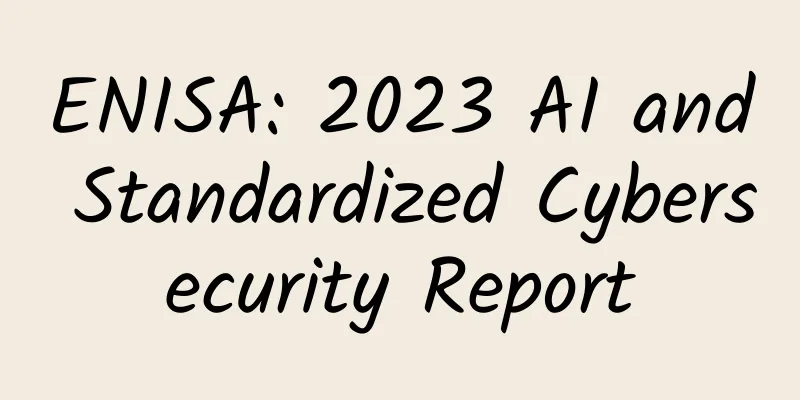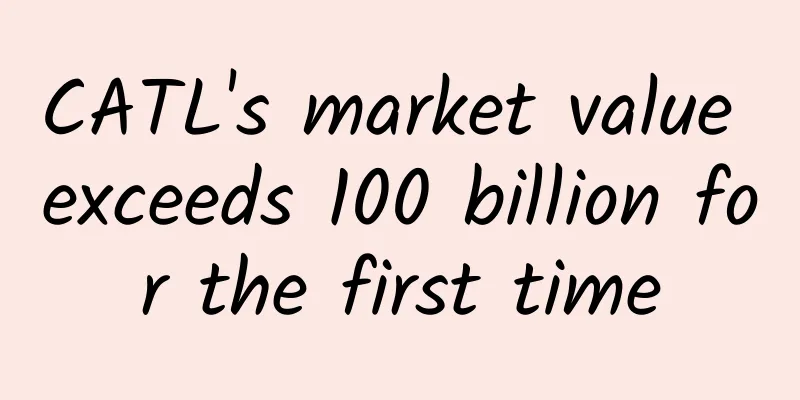22 Lectures of Go Language Evangelist's Getting Started Notes

|
Go has become the most competitive programming language in the infrastructure and cloud service fields in the cloud computing era due to its simplicity, efficiency, powerful standard library, native concurrency at the language level, and cross-platform compilation. Many large companies such as Tencent and ByteDance have migrated their original C/C++, Python, and PHP technology stacks to the Go language. For technical developers, mastering the Go language is a stepping stone to enter large companies and a necessary option to improve personal competitiveness in the workplace. Course Catalog ├──Documentation | ├──[5226] Opening words Go is designed for developers' needs and helps you achieve efficient work.md 14.03kb | ├──[5227] 01 Basics: Writing your first Go program.md 22.85kb | ├──[5228] 02 Data types: What data types must you master? .md 25.26kb | ├──[5229] 03 Control structures: if, for, and witch logic statements.md 18.99kb | ├──[5230] 04 Collection types: How to use array, lice and map correctly? .md 29.43kb | ├──[5231] 05 Functions and methods: What is the difference between functions and methods in Go language? .md 30.42kb | ├──[5232] 06 struct and interface: What functions do structures and interfaces implement? .md 29.37kb | ├──[5233] 07 Error handling: How to handle errors through error, deferred, panic, etc.? .md 25.52kb | ├──[5234] 08 Concurrency Basics: Goroutine and Channel Declaration and Usage.md 23.16kb | ├──[5235] 09 Synchronization primitives: The ync package allows you to easily control concurrency.md 24.79kb | ├──[5236] 10 Context: The multi-threaded concurrent control tool you must master.md 23.73kb | ├──[5237] 11 Concurrency Mode: Learn and use efficient concurrency mode in Go language.md 28.91kb | ├──[5238] 12 Detailed explanation of pointers: When should pointers be used? .md 15.20kb | ├──[5239] 13 Parameter passing: What is the difference between value, reference and pointer? .md 22.87kb | ├──[5240] 14 Memory allocation: new or make? Who should be used in what situation? .md 19.94kb | ├──[5241] 15 Runtime reflection: How to convert between strings and structures? .md 33.45kb | ├──[5244] 16 Non-type safety: unafe.md 16.68kb | ├──[5245] 17 SliceHeader: How does lice process data efficiently? .md 23.74kb | ├──[5246] 18 Quality Assurance: How does Go ensure quality through testing? .md 22.41kb | ├──[5247] 19 Performance optimization: How does Go language perform code checking and optimization? .md 25.24kb | ├──[5248] 20 Collaborative development: Why can modular management improve R&D efficiency? .md 16.56kb | ├──[5249] 21 Network Programming: How to use Go language to play with RESTful API services? .md 25.04kb | ├──[5250] 22 Network Programming: How does Go language implement cross-platform services through RPC? .md 28.82kb | └──[5251] Conclusion Your Go Language Growth Path.md 7.55kb ├──[5226] Opening words Go is designed for developers' needs and helps you achieve efficient work.mp4 120.16M ├──[5227] 01 Basics: Writing your first Go program.mp4 158.80M ├──[5228] 02 Data types: What data types must you master? .mp4 161.26M ├──[5229] 03 Control structures: if, for, and switch logic statements.mp4 77.30M ├──[5230] 04 Collection types: How to use array, lice and map correctly? .mp4 134.93M ├──[5231] 05 Functions and methods: What is the difference between functions and methods in Go language? .mp4 171.40M ├──[5232] 06 struct and interface: What functions do structures and interfaces implement? .mp4 131.10M ├──[5233] 07 Error handling: How to handle errors through error, deferred, panic, etc.? .mp4 101.68M ├──[5234] 08 Concurrency Basics: Goroutine and Channel Declaration and Usage.mp4 125.30M ├──[5235] 09 Synchronization primitives: The ync package allows you to easily control concurrency.mp4 139.78M ├──[5236] 10 Context: The multi-threaded concurrent control tool you must master.mp4 161.32M ├──[5237] 11 Concurrency Mode: Learn and use efficient concurrency mode in Go language.mp4 173.83M ├──[5238] 12 Detailed explanation of pointers: When should pointers be used? .mp4 127.04M ├──[5239] 13 Parameter passing: What is the difference between value, reference and pointer? .mp4 186.34M ├──[5240] 14 Memory allocation: new or make? Who should be used in what situation? .mp4 139.98M ├──[5241] 15 Runtime reflection: How to convert between strings and structures? .mp4 241.72M ├──[5244] 16 Non-type safety: unafe that makes you love and hate it.mp4 128.01M ├──[5245] 17 SliceHeader: How does lice process data efficiently? .mp4 173.40M ├──[5246] 18 Quality Assurance: How does Go ensure quality through testing? .mp4 144.41M ├──[5247] 19 Performance optimization: How does Go language perform code checking and optimization? .mp4 156.58M ├──[5248] 20 Collaborative development: Why can modular management improve R&D efficiency? .mp4 93.89M ├──[5249] 21 Network Programming: How to use Go language to handle RESTful API services? .mp4 132.72M ├──[5250] 22 Network Programming: How does Go language implement cross-platform services through RPC? .mp4 166.25M └──[5251] Conclusion Your Go language growth path.mp4 105.81M |
<<: Teach you to build a high-quality SEM promotion account
>>: E-commerce traffic, operation and activity system!
Recommend
How to double the click-through rate of your creative content? Just read this article!
With the explosion of information flow advertisin...
Think outside the box, “H5-like” can help you market promotion
HTML5, which we often call H5, is a markup langua...
How can Internet + smart hardware save your privacy?
In recent years, with the popularization of the I...
How to improve APP’s next-day retention?
What is next-day retention? Next-day retention, o...
Do Alibaba and Tencent still have a chance against the latecomers in the shared bike industry?
More than half a month later, ofo officially anno...
How to make Tik Tok videos popular? Tips and methods for shooting Tik Tok videos
Many friends have encountered this situation: the...
There are too many people undergoing nucleic acid testing. How to avoid cross infection?
Source: Youlai Healthy Life...
Will the parallel lines of sadness ever meet one day?
When it comes to parallel lines, everyone is fami...
The case has been solved! It turns out that the big ball spinning on the roof is for this purpose...
On the roofs of many buildings, we often see some...
Xiaomi's model is not Huawei's cup of tea
Recently, Huawei confirmed to the media that Zhu P...
Was Sanya locked down due to the epidemic in 2022? Attached is the latest epidemic prevention policy of the airport!
Sanya is an international tourist city with tropi...
Neolithic "Meteor Hammer" Discovered!
Recently, Chen Zuhua, a citizen of Nanchang City,...
I have seen 1,000 marketing promotion cases, why are they all ineffective?
In the circle of friends and subscription list of...
The "core" of the watermelon is definitely true love! Why is the middle of the watermelon the most delicious? |Expo Daily
Why is the middle of a watermelon the most delici...
International Energy Agency: Global Electric Vehicle Outlook Report 2024
The International Energy Agency (IEA) has recentl...









